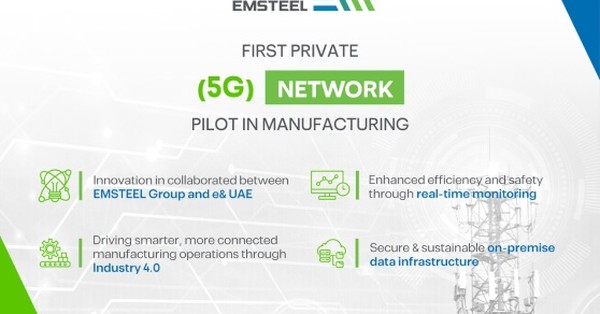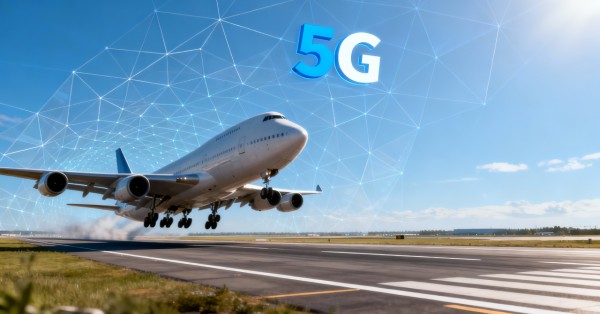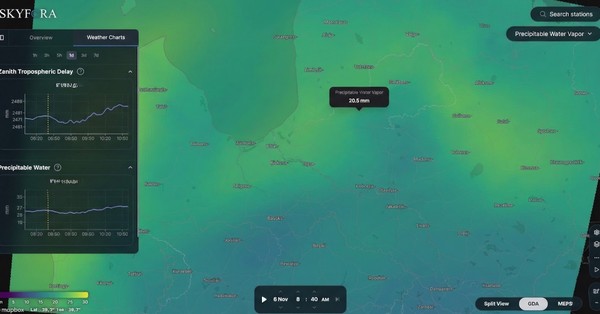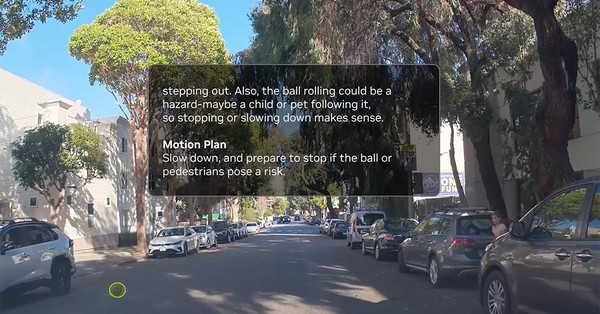Establishing an atmosphere that promotes an extraordinary employee experience (EX) is essential to operating a profitable company. Better customer service results from contented personnel, which raises customer satisfaction and eventually boosts your revenue.
However, it becomes difficult for staff members to go about their daily lives when they can’t locate accurate, current, and relevant information. They might also become mired in tedious, repetitive activity that detracts from higher-value employment. All of this raises the possibility of employee turnover and burnout. By streamlining procedures and automating operations, implementing AI in the workplace may update the employee experience and create an effective work environment that increases employee happiness and makes them brand ambassadors.
The Synergy Between Employee Experience and AI
Important problems arose in the early stages of AI development. The comprehension of context and the nuances of the interactions posed a greater challenge than the simple transfer of language. Workers started to anticipate more personalization, empathy, and understanding of human needs in their dealings with AI systems. These components are essential for the implementation to succeed. The annoyance and discontent frequently linked to AI chatbots that are unable to react intelligently or sympathetically draw attention to how crucial these elements are to AI-driven communication.
Before AI, dealing with the service desk had become a feared nightmare for anxious employees stuck in waiting for assistance with basic tasks like changing a password or entering new information into a health insurance policy. According to Gartner, password resets for various devices, apps, and IT services account for 20% to 50% of all IT help desk calls, and they can take anywhere from two to thirty minutes to complete. Forrester notes that an employer must pay $70 for each password reset request!
What are the Steps to use AI for a Better Employee Experience?
Companies compete not only for clients but also for the best employees. Attracting and retaining qualified personnel is dependent on an organization’s image as an employer. Artificial Intelligence (AI) impacts how happy are employees with their jobs in today’s technologically advanced environment. This helps the organization appear like a better place to work.
1. AI-Powered Customization for Workplace Interaction
Artificial Intelligence (AI) functions as a knowledgeable aide that can assess employee experience and provide helpful suggestions. Through the analysis of biometric data and communication patterns, artificial intelligence offers vital insights into the happiness and health of employees. The technology goes above and beyond conventional approaches by routinely analyzing emails and team conversations to provide a comprehensive picture of workplace relationships. The ability of AI to foresee the future is crucial for providing personalized support to each employee. It goes beyond the constraints of conventional feedback forms by offering pertinent learning opportunities and action plans customized to each person’s needs.
2. Using Predictive Analytics for Proactive Employee Support
Lowering employee turnover, and preventing agent fatigue benefits your company and its workers. HR may leverage AI and predictive analytics to spot early indicators of agent burnout, provide proactive support, and boost employee retention. AI detects when an employee requires support from your internal help desk, which can then proactively reach out with problem-solving resources to eliminate issues at their source. This is similar to how AI can be used to identify when a customer is stuck on your website and may need assistance.
3. Tailored Career Development Routes with AI
Using an individual’s talents, experiences, and professional goals as a guide, AI can create a personalized career path. These AI-powered platforms offer tailored suggestions for career development, including training courses, workshops, and mentorship opportunities, and walk staff members through the procedures required to land their ideal jobs. It could include moving into leadership positions or switching to freelance work or remote work. Because of the degree of personalization in these pathways, workers are guaranteed to be actively involved in their professional development and to feel valued and supported by the company.
4. Administrative Procedures Made Simpler with AI Automation
Routine administrative chores like file organization, workflow management, and meeting scheduling can be automated by AI. Employee workloads are lessened, freeing up to concentrate on more strategic and innovative work. The automation of procedures results in a more optimal and error-free workplace by increasing productivity and lowering the possibility of human error. The possibilities of AI go beyond simple task automation. Providing pertinent information, learning pathways, and professional advice to your staff members directly based on their requirements and circumstances, AI knowledge management systems may genuinely empower them.
5. Simplify Processes using Intelligent Routing
Faster resolutions can be achieved by assigning tickets to the appropriate agents in a timely and effective manner. Reduced human sorting and ranking of requests from various channels is achieved with intelligent routing and triage, a tool that automatically classifies incoming interactions based on customer intent, sentiment, and language. For IT or HR assistance to know how to handle the interaction, AI also incorporates crucial background into the dialog.
AI-powered Tools to Improve the Employee Experience
You might need to be made aware of AI for EX even though you may be aware of its applications in customer care. These are some examples of AI-powered employee experience technologies.
Knowledge bases driven by AI
AI may recommend and surface pertinent knowledge base articles based on employee search queries, giving them easy access to crucial papers and data. AI can also assist agents in finding pre-existing content in their knowledge base, which will speed up the resolution of employee problems. It can also spot content gaps and flag and route a request for content experts to fill it. Teams can expand their help centers by using sophisticated, AI-powered knowledge management solutions that simplify the creation and updating of content for users. Agents can input a few bullet points into Zendesk’s feature, for instance, and the system will generate an entire essay using generative AI.
Generative AI for Enhanced Support
Through the creation and improvement of content, task automation, and support for agents in their day-to-day work, generative AI in HR can improve customer satisfaction. Additionally, generative AI saves employees time by producing high-quality content like training materials, knowledge base articles, prediction forecasts, and standard operating procedure (SOP) documents. An interesting and customized employee experience can be created through tailored messaging and recommendations for particular employees.
Advanced AI Bots for Internal Support
Advanced bots are pre-educated on industry-specific themes and intents (the reasons users request service), unlike basic bots that need to be manually programmed and trained. To improve EX, they can offer sophisticated, automated internal customer support. Through the utilization of the largest database of intentions tailored to internal services, such as IT and HR, bots can provide employees with precise responses and round-the-clock personalized help.
Conclusion
Even while AI technologies are flexible, implementing them successfully in various commercial contexts frequently calls for customized solutions. For instance, AI can be used by small companies like cafes and pizzerias to improve employee productivity and increase revenue. It’s crucial to realize that no single “smart” solution can be tailored to match every type of organization.
Regretfully, we are frequently time-constrained and are unable to pick up the code so rapidly. This is where AI development platforms, a recent trend, come into play. These platforms make data more accessible to a wider audience by putting less emphasis on coding and more on data provision. These days, a lot of businesses use these platforms.








































